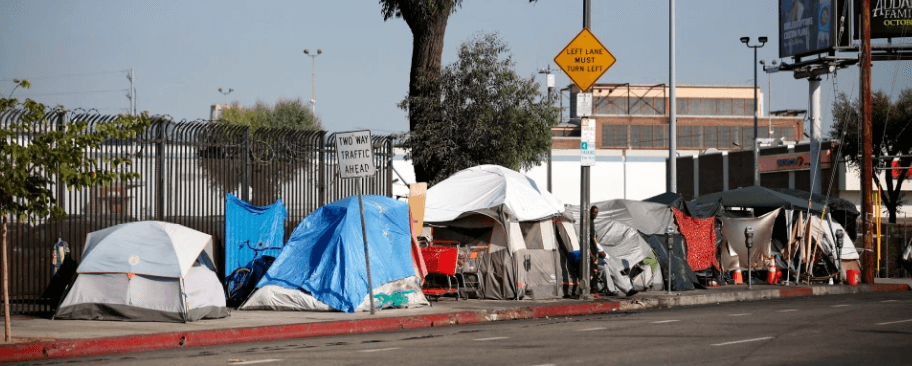
photo: Tony Canham
By Nan Roman, National Alliance to End Homelessness
As you likely know, every night over half a million people are homeless. Over a third of them are unsheltered – living outdoors or in places not meant for human habitation. More than 100,000 are children and 37,000 are veterans. Many are quite ill with physical and behavioral health disorders. They are disproportionately people of color. They are desperately poor.
The one thing we know will end their homelessness: a home.
Right now, we have a unique opportunity to make real progress on getting them a home, and to transform the way we approach homelessness in the nation. But it won’t be easy.
Via the CARES Act, Congress provided $4 billion to jurisdictions across the nation to address the unique needs of people who are homeless through the very flexible Emergency Solutions Grants (ESG-CV) program. Other funds in the Act can also be used for housing and services (CDBG and Coronavirus Relief Fund on the housing side, FEMA funds, etc.). Right now jurisdictions are figuring out how they will spend these funds. Doing so strategically is incredibly challenging – an unprecedented amount of money for an unprecedented public health and economic crisis in the hands of jurisdictions that are already overwhelmed with the demands of the moment.
For this reason, a group of national organizations and leaders[i] has gotten together to give communities a template for their COVID-19 homelessness response; one incorporating a racial justice and equity approach.
This is the Framework for an Equitable COVID-19 Homelessness Response.
The framework lays out key action areas, strategies and funding sources. It suggests the order in which strategies should be implemented, and includes a library of tools, protocols, and policies to help jurisdictions with implementation.
Importantly, a set of values overlays the framework.
First is a commitment to address racial and income disparities. Both homelessness and the pandemic shine a light on racial and economic inequality in our nation. We need to use the funds in ways that eliminate disparities – not exacerbate them.
Also important is the imperative to help the people with the highest needs first. People experiencing homelessness who are unsheltered, older, medically vulnerable, disabled, and ill should be helped before people with less serious problems; and definitely before using ESG resources to do eviction prevention or homelessness prevention (prevention is critical, but ESG funding should first be used to help those already homeless).
Housing people and linking them to needed services is the end game. Placing them in socially distanced shelter, or quarantined in hotels or motels is not enough and is clearly a poor public health strategy. Resources should be used strategically to get people into homes.
Finally, this work cannot be accomplished by the homelessness system on its own. It will require strong partnerships with housing and health departments, the private sector, and always with people in impacted communities and those who have lived experience of homelessness. These partnerships can pay off in the future, as well.
The framework lays out five key areas for communities to address with their stimulus funding: unsheltered homelessness, shelter, housing, diversion and prevention, and building better systems for the future.
Fundamentally, the framework lays out how communities can use the significant CARES Act funding to transform their homelessness systems into ones that are housing-focused, short term, public-health oriented, and non-discriminatory. Everyone who is unsheltered can be brought into shelter. Shelter can be transformed into a short term stop that is low-barrier, non-congregate and housing-focused. Creative housing development and subsidy options can be developed. Through to-scale diversion, many people who lose their housing can be diverted from shelter and back into homes. This will position people for better health, employment and general well-being. And if there is a post-pandemic surge in homelessness, it is a system that will work much better to handle that.
The resources provided through the CARES Act present us with an opportunity: to protect people experiencing homelessness from the virus, stop community spread, and get people into housing and attached to services so that they are well-situated for the recovery. This can leave us with a more strategic and housing-focused homeless system in place. To achieve this will be difficult, but we are compelled to try.
[i] Center on Budget and Policy Priorities, National Alliance to End Homelessness, National Health Care for the Homeless Council and National Low Income Housing Coalition, with assistance from National Innovation Services, Urban Institute, and two former US Interagency Council on Homelessness Council Executive Directors.
Nan Roman is president and CEO of the National Alliance to End Homelessness

